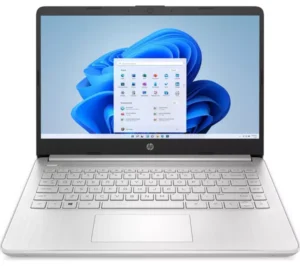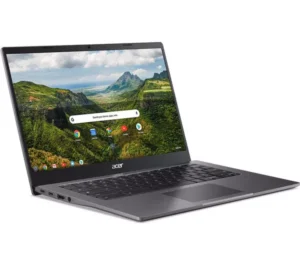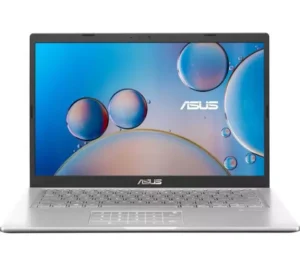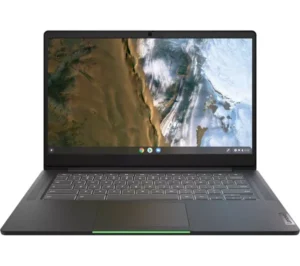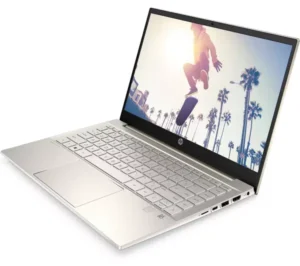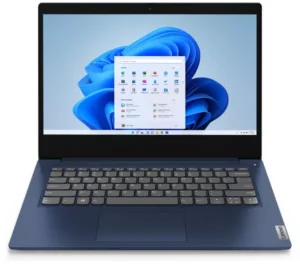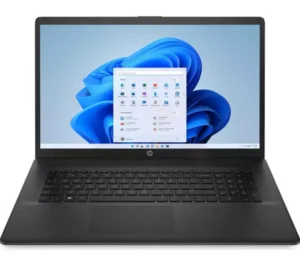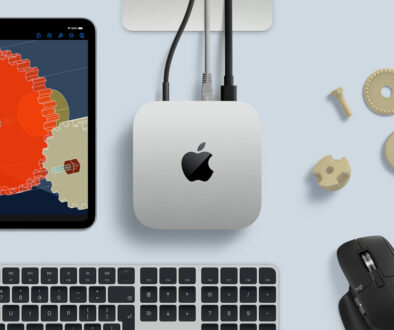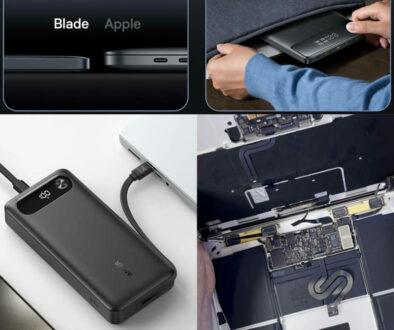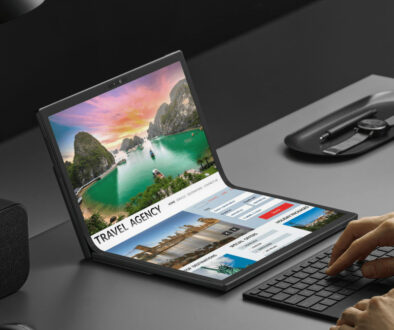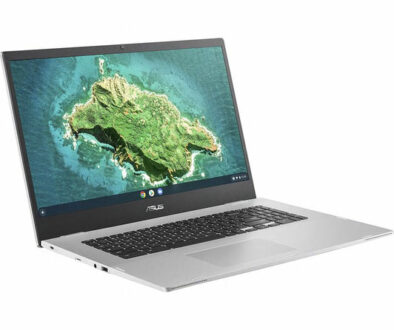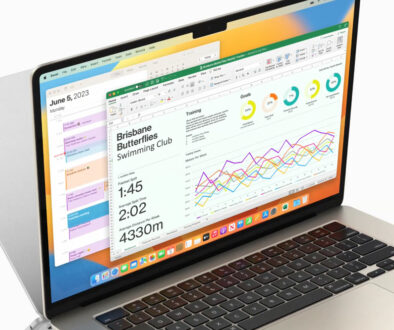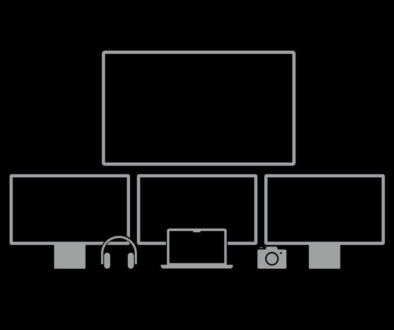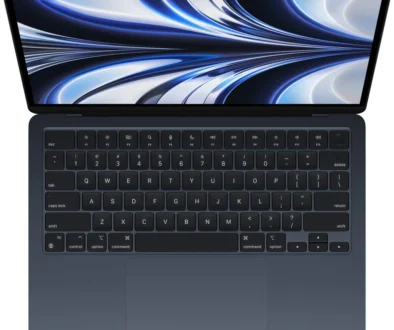Which Intel Pentium or Celeron Mobile Processor is the Best? When to choose one over the other
When considering budget laptops, you can’t help but notice the processors powering them. These are processor lines from Intel that have been around for ages, Pentium and Celeron. The first Pentium rolled out in 1993 and the Celeron was first introduced in 1998. So how do you decide which is best? When to choose one over the other? Let’s take a look.
Two lines of processors will be floated every time one talks about budget laptops. For their intended use, they are both very capable processors. In their early days, Celeron processors were either earlier versions of Pentium processors rebranded and sold as cheaper alternative to the faster Pentium of the day. Later, Celeron processors carry a smaller cache, fast memory on board the processor die itself that helps speed up data processing.
It is not very different today. Since the introduction of yet another higher line in 2006, the Intel Core-i series, both Intel and Pentium spot fewer processing units or cores, limited memory bandwidth, and smaller cache memory compared to the mainstream Intel Core i-series processors. Both Pentium and Celeron processors are used on desktop as well as mobiles and are designed for entry level PCs targeting primarily the education sector.
Choosing Between Pentium or Celeron Powered Laptop
Both being budget and entry level choices, there are subtle differences between them. The obvious ones being cost. All being the same, Celeron based laptops are cheaper and more affordable compared to Pentium based laptops. For general tasks, both processors will perform just as well but there are some advantages choosing one over the other. To complicate matters further, apart from generational differences within each line, the Pentium range is further divided into two sub categories, Gold and Silver. Here is a quick overview comparing the differences between the three lines.
Intel Celeron N Series
When it comes to Intel Celeron, they are the absolute bargain of processors with affordability and amazing value being the main priorities. These are designed specifically to power entry-level, low budget systems. The N-series Celeron processors, with the latest being N5100 and N4500 series launched in 2021 are quad and dual core chips respectively with 4MB L3 Cache. Earlier N4020 and N4120 processors launched in 2019 are again dual and quad core CPUs respectively come with 4MB of cache .
These processors are suitable for lightweight operating systems, such as Windows 11 Home or Windows 11 SE, ChromeOS or certain versions of Linux. They do basic computing tasks well which include browsing the web, reading and editing documents, listening to music or even streaming and watching videos. Laptops powered by Intel Celeron processors are likely to have Intel WiFi 6 connectivity too. And, as they are low power and efficient processors, they are easy on the battery.
With the right amount of system memory (RAM), multitasking is also possible with fast switch between a couple of apps. We wouldn’t push it too far given its limited processing core and cache memory. Currently, the most popular Intel Celeron processors from the N series are Celeron N4020 and N4500. Some N3350 and N4000 based systems are still hanging around
Intel Pentium Gold vs Intel Pentium Silver Series
There are two distinct lines in the Intel Pentium family, the Gold and Silver series. We are not quite sure why Intel decides to split the Pentium range into sub categories. While these are also budget and value processors, systems based on them typically costs around a hundred dollars more. The Gold series is designed for everyday computing needs which covers basic productivity and browsing the web. The Silver series on the other hand prioritises three things; connectivity, video conferencing and battery life.
Let’s start with the Intel Pentium Gold series. These are again dual and quad core processors with the latest being the Pentium Gold G7400 with 6MB Intel Smart Cache series launched in 2022. Earlier Pentium Gold G6400, G6500 and G6600 series from 2021 and 2020 and come with 4MB Intel Smart Cache. Avoid G4000 series from 2019 or earlier as these mostly come equipped with 2MB Intel Smart Cache only. Currently, Pentium Gold 7505 is the most popular processor among laptop manufacturers. It is a dual core processor capable of four processing threads and is the most powerful in our list. Microsoft chose the Intel Pentium Gold 6500Y, the next most powerful for their 10.5-inch Surface Go 3 tablet.
Then we have the Intel Pentium Silver series. You won’t find many processors in this series. The latest being Pentium Silver N6005 and N6000 launched in 2021. A couple more processors launched way back in 2019 are Pentium Silver J5040 and N5030. All are quad-core processors with 4MB L3 Cache and low TDP or 10W or 6W. Currently, Pentium Silver N6000 and N5030 are the most popular among laptop manufacturers.
Here is a quick technical comparison between Pentium Silver and Celeron processors at 6W TDP
| FEATURE | INTEL® PENTIUM® SILVER PROCESSOR N6000 | INTEL® CELERON® PROCESSOR N5100 | INTEL® CELERON® PROCESSOR N4500 |
|---|---|---|---|
| Max Processor Frequency | Up to 3.3GHz | Up to 2.8GHz | Up to 2.8GHz |
| Number of Processors Core/Thread | 4/4 | 4/4 | 2/2 |
| Cache Size (MB) | 1.5MB L2 + 4MB L3 | 1.5MB L2 + 4MB L3 | 1.5MB L2 + 4MB L3 |
| Number of Memory Channels | 2 | 2 | 2 |
| Memory Type | DDR4-2933, LPDDR4x-2933 | DDR4-2933, LPDDR4x-2933 | DDR4-2933, LPDDR4x-2933 |
| Graphics Dynamic Frequency (GHz) | Up to 850MHz | Up to 800MHz | Up to 750MHz |
| Intel UHD Graphics | Intel® UHD Graphics | Intel® UHD Graphics | Intel® UHD Graphics |
Now for a quick comparison between Pentium Silver and Celeron processors at a higher 10W TDP
| FEATURE | INTEL® PENTIUM® SILVER PROCESSOR N6005 | INTEL® CELERON® PROCESSOR N5105 | INTEL® CELERON® PROCESSOR N4505 |
|---|---|---|---|
| Max Processor Frequency | Up to 3.3GHz | Up to 2.9GHz | Up to 2.9GHz |
| Number of Processors Core/Thread | 4/4 | 4/4 | 2/2 |
| Cache Size (MB) | 1.5MB L2 + 4MB L3 | 1.5MB L2 + 4MB L3 | 1.5MB L2 + 4MB L3 |
| Number of Memory Channels | 2 | 2 | 2 |
| Memory Type | DDR4-2933, LPDDR4x-2933 | DDR4-2933, LPDDR4x-2933 | DDR4-2933, LPDDR4x-2933 |
| Graphics Dynamic Frequency (GHz) | Up to 900MHz | Up to 800MHz | Up to 750MHz |
| Intel UHD Graphics | Intel® UHD Graphics | Intel® UHD Graphics | Intel® UHD Graphics |
Entry Level Processors lists from Intel for Laptops and Tablets
To look at the list of entry level processors under each series, use the links below:
- Intel Celeron Processor N Series
- Intel Pentium Gold Processor Series
- Intel Pentium Silver Processor Series
Performance Comparison
The only way to truly understand the performance of these processors is to look at their benchmark scores. Here, we compare the performance of processors commonly used on todays budget laptops starting with Intel Celeron processors.
Which Intel Celeron Processor to Choose
| Processor | Clock | Turbo | Core/Thread | TDP | Ave CPU Mark | Single Thread |
| Intel Celeron N3350 | 1.1GHz | 2.4GHz | 2C/2T | 6W | 1127 | 809 |
| Intel Celeron N4000 | 1.1GHz | 2.6GHz | 2C/2T | 6W | 1402 | 1022 |
| Intel Celeron N4020 | 1.1GHz | 2.8GNz | 2C/2T | 6W | 1569 | 1174 |
| Intel Celeron N4500 | 1.1GHz | 2.8GHz | 2C/2T | 6W | 1882 | 1267 |
| Intel Celeron 6305 | 1.8GHz | – | 2C/2T | 15W | 2211 | 1229 |
Based on Average CPU Mark submitted by users via CPU Mark benchmark software, the fastest of the Intel Celeron processors is the Celeron 6305 with an average CPU Mark score of 2211 and single thread score of 1229. The most popular Celeron processor in use by laptop manufacturers, the Intel Celeron N4020 scored a respectable 1569 on average CPU Mark and 1174 in single thread performance. Using N3350 as base line, the N4020 is 39% faster while the 6305 is 52% faster. Depending on the price difference, pick between these processors, the Celeron 6305 or the N4020 to power your laptop if you are looking for an ultra budget mobile computer.
Which Intel Pentium Processor to Choose
| Processor | Clock | Turbo | Core/Thread | TDP | Ave CPU Mark | Single Thread |
| Intel Pentium Silver N5000 | 1.1GHz | 2.7GHz | 4C/4T | 6W | 2599 | 1145 |
| Intel Pentium Silver N5030 | 1.1GHz | 3.1GHz | 4C/4T | 6W | 2689 | 1299 |
| Intel Pentium Silver N6000 | 1.1GHz | 3.0GHz | 4C/2T | 6W | 2869 | 1238 |
| Intel Pentium Gold 6405U | 2.4GHz | 2C/4T | 15W | 2367 | 1419 | |
| Intel Pentium Gold 6500Y | 1.1GHz | 3.4GHz | 2C/4T | 5W | 2982 | 1912 |
| Intel Pentium Gold 7505 | 2.0GHz | 3.5GHz | 2C/4T | 15W | 5368 | 2313 |
Next, we compare the Intel Pentium Silver and Gold processors. As expected Pentium processors offers a whole other level of performance when compared to Celeron processors. Even the lowest performing Pentium Silver N5000 is 2.3 times faster than the Intel Celeron N3350 and 17.5% faster than the fastest Intel Celeron 6305 above.
Go for Gold with Tiger Lake Love
If you have that bit extra money to spend, it is definitely worth the move to Pentium class processors. The most common among these are the Pentium Silver N6000 and the Pentium Gold 7505. The title for the fastest processor in this list belongs to the Pentium Gold 7505. Based on the 11th generation Tiger Lake core, it gains a huge leap from previous 6000 series Pentium Gold. We are talking 80% faster on the average CPU Mark score compared to the fastest 6000 series processor, the Pentium Gold 6500Y.
You will have to fork out a bit more or stretch your budget elsewhere to afford this but it will be well worth it. If you have to limit yourself to the Silver range due to cost, your best bet is the Intel Pentium Silver N6000. Not only is it widely available, it is 10% faster than the previous general Pentium Silver N5000. That may not seem like a lot but you have to squeeze every ounce of performance from these budget systems especially from the choice of processors.
We leave you with laptops based on the powerful Intel Pentium Gold 7505 processor.

